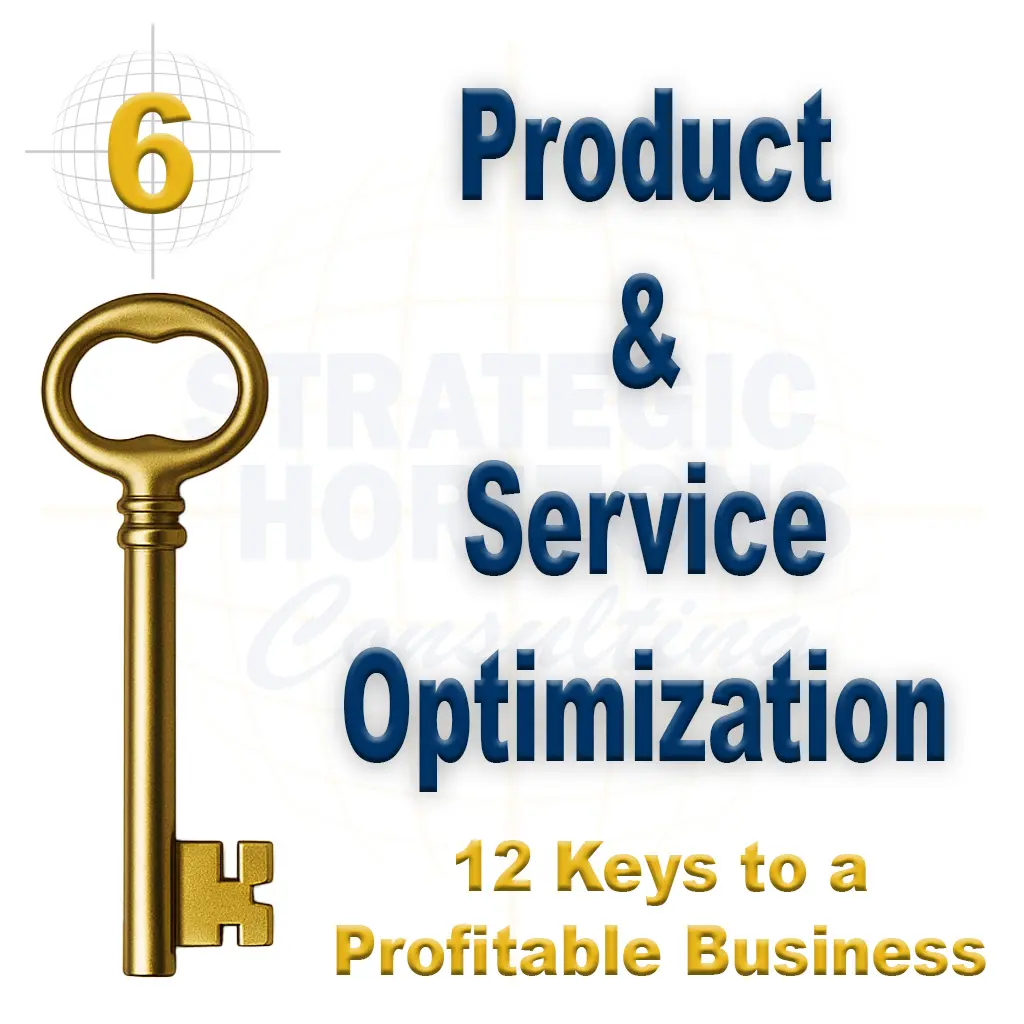We often celebrate the launch of a product like it’s the finish line. In reality, it’s just the beginning.
Your first version – whether it’s a physical product, a digital service, or a process you offer – is rarely perfect. Even if it performs well initially, customer expectations shift, technology evolves, and competitors adapt. Businesses that succeed long term are the ones that embrace iteration and treat feedback as fuel for improvement.
Why Iteration is a Growth Strategy (Not a Fix-It Approach)
Many business owners see “improving a product” as something you do when it’s broken. But the truth is, intentional, ongoing optimization is how you stay relevant – and profitable.
- Customer behavior changes – what worked last year might not satisfy today's demand.
- New tools or competitors emerge, raising the bar on functionality or experience.
- Your own growth might reveal bottlenecks, inefficiencies, or new opportunities.
Treating your offerings as living, evolving assets allows you to stay ahead rather than play catch-up.
Signs Your Product Needs Refinement
If you’re not actively optimizing, here are a few red flags that suggest it’s time:
- You’re seeing more refunds, support requests, or complaints than usual.
- Sales have plateaued despite active marketing.
- Customers are buying once, but not returning or referring others.
- Your team is spending too much time putting out fires or manually patching gaps.
These aren’t failures – they’re signals. Every piece of data you collect (even the uncomfortable kind) is a chance to improve.
A Simple Iteration Framework
You don’t need to overhaul everything at once. Start with a clear cycle:
- Collect Feedback – from customer surveys, support tickets, reviews, or direct interviews.
- Identify Trends – isolate patterns (e.g. “clients want faster onboarding” or “price is too high for solo buyers”).
- Test Small Tweaks – adjust features, pricing, packaging, or user flow.
- Measure the Impact – did retention increase? Did support issues drop?
- Repeat – use each improvement to fuel the next round.
This cycle applies to software, services, physical goods, and even internal processes.
Don’t Iterate in a Vacuum
The best improvements come from real users – not your internal assumptions. Sometimes the thing you think is most valuable isn’t what your customers care about at all. Create a culture where feedback is welcomed and acted on, and make sure your team sees iteration as a sign of strength, not a sign of past failure.
 Commit to Getting Getter Better Every Month
Commit to Getting Getter Better Every Month
Your product should grow with your business. If you’ve been treating optimization as a someday project, consider this your wake-up call. Start small, listen often, and commit to getting 1% better every month.
Want a full breakdown of how to refine your products or services in a way that keeps customers coming back? Download Key #6: Product & Service Optimization and get practical steps, real-world examples, and worksheets you can implement right away.